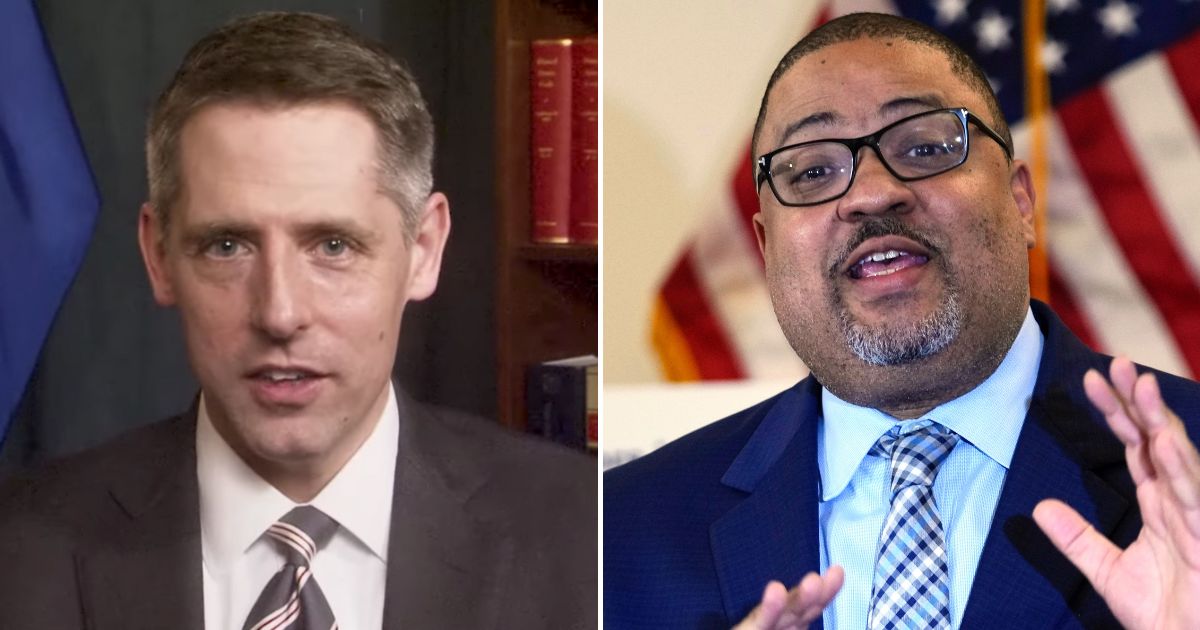High interest rates hurt consumers and taxpayers
After anticipating a gentle economic slowdown for six months, investors are now realizing the impact of excessive federal spending on the Federal Reserve’s battle against inflation. Rising consumer price index inflation, wholesale inflation, and consumption expenditures signal inflation’s resurgence. If interest rates stay high, projected interest payments on national debt could soar, surpassing other federal spending categories.
After six months of internalizing a soft landing for the economy, investors have stomached the reality that a bipartisan addiction to federal spending is undermining the Federal Reserve’s war on inflation.
With headline consumer price index inflation, wholesale inflation, and the consumption expenditures price index all back on the rise, Treasury futures now predict a majority chance of just three cuts to the federal funds rate this year. More shockingly, the data show there is a 1-in-9 chance the Fed will not deliver a single rate cut by the end of 2024.
The implications extend beyond the immediate price paid by us as consumers. There has already been a 19% increase in overall prices since Joe Biden began his presidency. Specifically, costs continue to rise on groceries and other everyday items, if more slowly than before. We’re also seeing 30-year fixed mortgage rates above 7% again after temporarily dipping. And credit card debt exploded to a record-shattering $1.13 trillion by the end of last year.
But the new and truly pernicious price to pay in the long run will come for us not as consumers but as taxpayers.
Should the Fed, which is trying to oppose Biden’s explicitly inflationary fiscal policy, be forced to hold interest rates at their current 23-year high through the year’s end, the nation’s overall interest payments on the national debt will skyrocket to $1.6 trillion, per projections by Bank of America. That will surpass every other category of federal spending, including Social Security.
Even with 150 basis point cuts, which the Fed telegraphed at the end of last year, net interest payments would reach around $1.2 trillion for 2024. That’s well beyond the $850 billion the nonpartisan Congressional Budget Office projects we will spend on the Pentagon for the year.
While Uncle Sam has been able to stomach an increase in the debt-to-GDP ratio when the cost of borrowing is cheap, the Fed can no longer afford to keep the federal funds rate artificially low. Lest it fail to fulfill its constitutional duty to restore price stability. Nor does it seem that investors would keep interest rates so low anyway, as Treasury yields cruise back closer to 5%.
Although extant federal debt has an average rate of 3.2%, a recent Treasury auction of 52-week debt sold at a median rate of nearly 5%. Compare that to the record-breaking $23 trillion of T-bills sold by the Treasury last year, which went for an average interest rate of just 2.5%, illustrating the trajectory. Then consider that a full third of our publicly held debt will roll over into the next year at perhaps even further elevated interest rates. This posits a crisis for the taxpayer, as evidenced by the latest data from the CBO.
Even operating under the assumption that long-term interest rates will remain well below 4%, the CBO’s latest research paints a pretty perilous picture.
In 2024 alone, the CBO projects that federal spending will grow to 23.1% of our GDP, up from the 21% it averaged from 1994 through 2023. The deficit will nearly double from 3.8% of our GDP in the 1994 through 2023 average to 5.6%. In the next 30 years, our debt-to-GDP ratio will surge from about 100% to 166%, driven not by insufficient revenue, which is slated to increase as a share of GDP, but by spending.
And again, this is all assuming that inflation moderates enough for both the Fed to set lower interest rates and investors to buy them.
Brian Riedl of the Manhattan Institute offered the alternative. Although interest payments will eat up a mere half of all federal revenue in 30 years if long-term rates stay below 4%, Riedl estimated that a 1-point rate increase drives net interest payments to comprise nearly three-quarters of all taxpayer revenue. Interest rates at 6% would require the Treasury to allocate all incoming revenue just to paying down our creditors.
CLICK HERE TO READ MORE FROM THE WASHINGTON EXAMINER
Any situation even more dire than this, and the Treasury then has three options: rev up the money printer and turn the United States into the Weimar Republic, default on our debt, or demand unprecedented taxes from us.
In the short run, the Fed may ask us to pay the price of higher credit card APRs and auto loans in the hopes of quelling the worst inflationary crisis in 40 years. But if the White House and Congress remain united in their refusal to curtail spending, those higher interest rates will imperil the full faith and credit of the government and the financial stability of the taxpayer.
" Conservative News Daily does not always share or support the views and opinions expressed here; they are just those of the writer."





